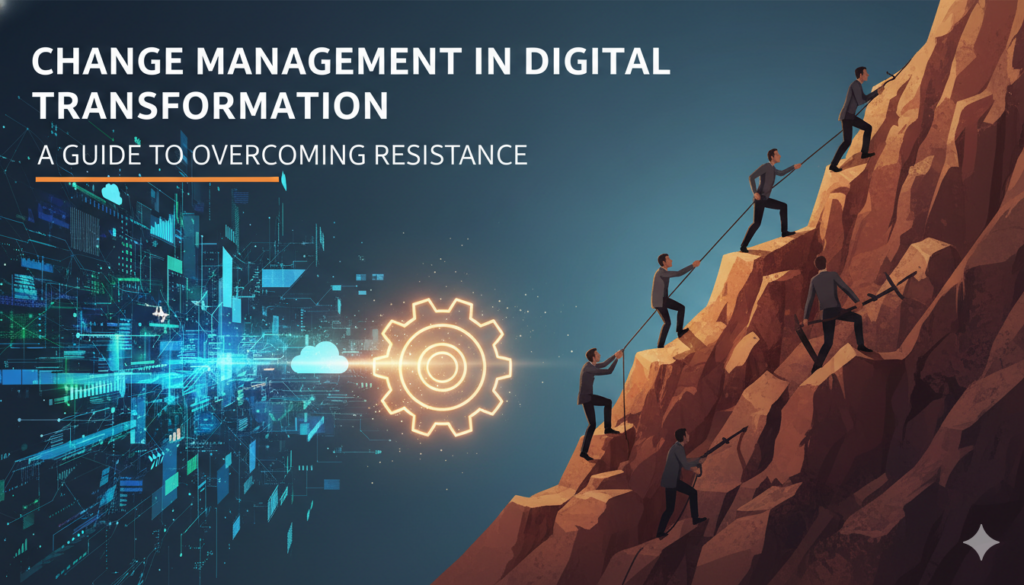Your First 90 Days: A GTM Execution Plan to Launch and Grow Your B2B Startup
Launching a B2B startup can feel like standing at the starting line of a marathon, except the finish line moves with market trends and real customer feedback. The first 90 days are critical. They set the stage for everything that follows. Early momentum here drives validation, traction, and sets the startup on a path for sustainable growth.
This step-by-step guide gives you a practical, day-by-day plan for the first three months: from building your go-to-market (GTM) engine to running real experiments and optimizing fast. By following this approach, you’ll focus on:
- Pinpointing product-market fit
- Establishing a repeatable GTM infrastructure
- Generating your first meaningful pipeline
As you work through each phase, we’ll break down actionable tactics, offer insights on common snags, and highlight how building a scalable foundation positions your B2B startup to win.
Let’s get started with a roadmap that transforms raw potential into actionable growth.
Why Focus on the First 90 Days?
Early-stage B2B founders face a unique reality. Your team is lean. Resources are limited. You’re likely wearing multiple hats. Product manager, salesperson, marketer. That’s why a disciplined plan is essential for making each decision and investment count.
A focused 90-day execution cycle is about more than ticking boxes. It’s about rapidly validating the core assumptions of your business:
- Will customers care enough to take a meeting or try the product?
- Is your messaging resonating with the right ICP?
- Can you drive conversions through real-world campaigns and feedback?
Data from recent B2B GTM benchmarks highlights this urgency. Early GTM teams who set clear KPIs. Such as web traffic, trial signups, and early sales conversations. Tend to build momentum faster. Revenue growth, pipeline velocity, and conversion rates start as leading indicators, long before funding or scale.
The 90-Day B2B Launch Framework
This plan breaks each month into distinct focus areas. Laying the groundwork, testing the market, and optimizing for real traction. Use it as a blueprint to coordinate your efforts, measure what works, and course-correct with speed.
Month 1: Build Your GTM Foundations (Days 1-30)
Setting the right foundation now reduces chaos and wasted spend later. Begin with:
- Core Messaging: Craft a simple, clear narrative for the business: what you solve, who you solve it for, and why it matters today. Early messaging should solve a specific pain for a well-defined ICP. Tap into existing networks, customer interviews, or prior consulting cases for proof points.
- CRM Setup: Even a basic CRM can be a superpower. Start with tools that are easy to deploy and affordable (like HubSpot, Zoho, or Pipedrive). Clean up your contact lists, set up deal stages, and make sure outreach can be measured from the start.
- Outreach to Friendly Contacts: Use your personal network to gather feedback. Early conversations should be about learning, not selling. What job are they hiring your product to do? Which problems cost them time or money?
Strong GTM teams treat these early days as an investigative sprint, logging every learning. The patterns you discover now shape your marketing and sales playbooks well beyond Day 30.
Month 2: Market Activation & Real-World Testing (Days 31-60)
With initial groundwork in place, it’s time to move from theory to action. This phase brings your ideas into the market. Where real feedback, not opinions, shape progress.
- First LinkedIn Ads: Even small-budget B2B campaigns on LinkedIn can drive targeted learning. Start with Sponsored Content using your top-performing organic posts or case studies. Prioritize clarity and relevance over cleverness, and track every metric. Impressions, clicks, CPL.
- A/B Testing Landing Pages: Build 2-3 versions of your landing page. Test different headlines, CTAs, and offers to see what resonates with your niche audience. Use heatmaps and analytics to understand visitor behavior.
- Early Sales Conversations: Drive early leads straight into conversations. Not just email nurturing. Treat these talks as customer development. Probe for objections, core jobs-to-be-done, and willingness to pay. Each question answered removes a roadblock to pipeline growth.
According to SaaS benchmarks, the best GTM teams don’t chase vanity metrics. Meetings booked, demos delivered, and meaningful responses from prospects signal you’re on the right track.
Month 3: Feedback Loops & Optimization for Scale (Days 61-90)
Momentum from the first two months creates a wealth of insights. The final phase is all about refinement. Sprint hard to sharpen your focus:
- Analyzing Buyer Feedback: Now that conversations and digital campaigns have yielded real responses, consolidate what you’ve learned. Were any objections repeated? Did prospects ask for integrations or features your roadmap didn’t consider? Use interview notes, CRM comments, and survey results as your north star.
- Optimizing ICP: Rethink your Ideal Customer Profile with data. Identify customer segments that converted fastest, had the shortest sales cycles, or gave the highest NPS. Update buyer personas, industry focus, and even job titles you target with outreach.
- Refining Your Sales Pitch: Rework your talk tracks and deck based on winning deals and top objections. Start pitching with data-backed statements. Swap generic claims for examples of real outcomes or cost savings your earliest customers experienced. Team training matters here. Debrief regularly and share learnings.
These feedback-driven pivots are the heartbeat of scalable B2B growth. High-performing founders review pipeline milestones, revenue signals, and churn indicators to decide exactly where to double down or pivot.
Pro Tips from the Field
B2B founders and GTM specialists who execute crisply in their first 90 days often share several habits:
- Set clear, measurable KPIs and make them visible to everyone. Dashboard your pipeline, responses, and web traffic.
- Document everything. Every call, objection, and test result. These notes are the raw material for your next pitch and campaign.
- Seek negative feedback as well as praise. Often, the tough objections show you the fastest route to product and messaging fit.
- Empower your small team to share learning fast. Daily or weekly debriefs reduce blind spots.
Small, honest wins in each cycle reduce the risk of wasted investment and help teams build confidence. Iterating early unlocks compounding pipeline strength for the next quarter.
Day-by-Day Checklist: Your GTM Launch Companion
Staying organized is half the battle. To keep you on track, implementing proven market validation methodologies helps prioritize every step. From setting up CRM fields on Day 3 to triggering a landing page test in Week 6, all the way through your first ICP revision and pitch retro in Month 3.
- Solidify messaging and ICP hypotheses
- Launch CRM, import contacts, define deal stages
- Book 10-15 listening sessions with friendly contacts
- Write and deploy LinkedIn Sponsored Content
- Set up two A/B landing page tests
- Schedule weekly learning debriefs
- Collect and tag buyer objections and feature requests
- Revise ICP and sales pitch based on hard data
- Review growth metrics and pipeline milestones weekly
Stay consistent and use your checklist as a health monitor. Fine-tuning your GTM as new data arrives.
Ready to turn your idea into measurable traction? Qatalys works with early-stage founders to build, test, and optimize GTM systems that deliver real pipeline. Let’s talk.
The Payoff of Smart GTM Execution
The first 90 days pave the way for everything that follows in your B2B startup journey. When you prioritize validated learning, rapid feedback, and consistent pipeline development, growth feels less uncertain and more like a strategy you control.
Founders who invest in process and agility. Rather than going big on hype or assumptions. Outperform in every GTM benchmark, according to recent industry data. The payoff: a GTM motion that scales, messaging that lands with buyers, and a sales playbook built on proof, not hope.
This disciplined approach to go-to-market strategy execution transforms potential into momentum. Consider partnering with experts who understand both the tactical execution and strategic thinking required to hit your key milestones faster.
Frequently Asked Questions
What metrics should I track in my first 90 days?
Focus on leading indicators: website visits, trial signups, meetings booked, and sales conversations held. Measuring deal velocity and feedback volume helps gauge if your GTM is gaining real traction.
How do I refine my Ideal Customer Profile (ICP) quickly?
Collect data from early customer conversations, noting which industries and job titles show urgency and positive signals. Iteratively update your ICP each month with conversion data and sales learnings.
What’s the quickest way to test messaging?
Share your value proposition in targeted LinkedIn ads and direct outreach. Track response rates, meeting requests, and qualitative feedback to see which angles resonate.
When should I hire sales or marketing staff?
Once your GTM foundation and core processes are validated and repeatable, scale hiring to expand outreach and handle increased demand. Prioritize hires who thrive in fast-learning environments.
Can Qatalys support my startup beyond day 90?
Absolutely. Qatalys specializes in startup growth acceleration strategies and offers comprehensive support from funding through market expansion. Partnering long-term helps build sustainable pipelines, optimize GTM performance, and unlock scale for innovative founders ready to transform their potential into measurable growth.








